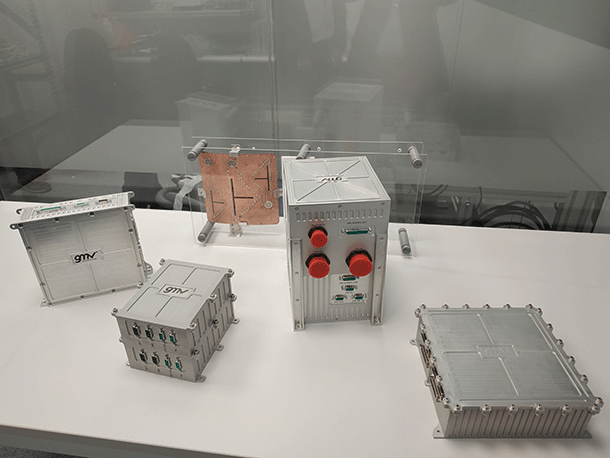GMV’s avionics systems go from strength to strength

Since 2017 GMV has been working on the design, development and qualification of a complete avionics system for PLD Space’s space probe, MIURA 1. This system takes in all vital avionics items for a classic launcher, such as the power subsystem; data management subsystem; guidance, navigation and control (GNC) subsystem; onboard software; payload management; telemetry plus the autonomous tracking technology and the termination system.
After a long and thoroughgoing field-testing campaign this system has successfully passed its Qualification Acceptance Review (QAR), clearing it for being fitted in this suborbital launch vehicle, one of the essential prelaunch conditions.
The avionics system is one of the most critical parts of any launcher. It collects and works up information from the sensors and takes due and timely decisions accordingly, enabling the actuators to carry out the launcher’s required maneuvers. Furthermore, design and development of these avionics systems is also especially complex in such a fiercely competitive market involving a host of very different types of organizations, from the well-known launch service providers to the newcomers to the microlauncher world.
Key features of the avionics system designed and developed by GMV in collaboration with PLD are its modularity and scalability. Other fundamental aspects are its use of COTS parts and the availability of advanced technology that guarantees the required performance at an affordable cost.
GMV has managed to maintain the functions of a classic launcher (Ariane, Vega, etc) while duly adapting them to a smaller vehicle with different performance features. GMV has risen to this challenge by applying new technology and design processes, allowing it not only to cut costs but also shorten development times. In less than three years development has moved on from definition of requirements to qualification and complete system acceptance by the European Space Agency (ESA).